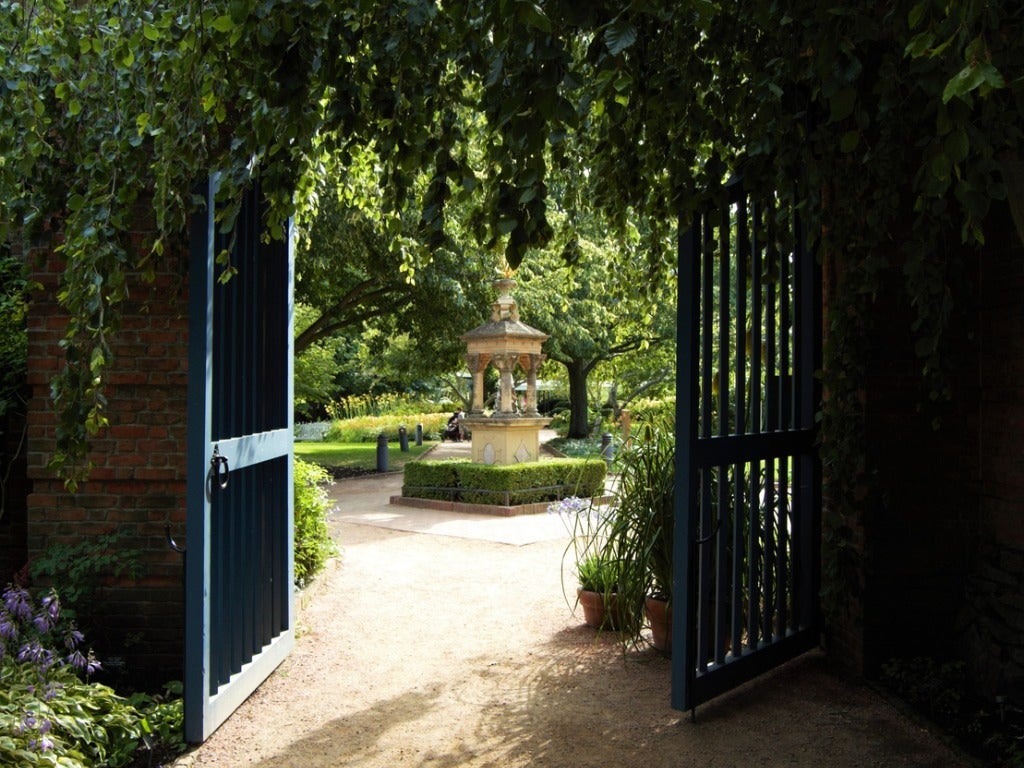Underground Greenhouse Ideas: What Are Pit Greenhouses


People interested in sustainable living often opt for underground gardens, which when properly built and maintained, can provide vegetables at least three seasons out of the year. You may be able to grow some veggies year round, especially cool weather vegetables like kale, lettuce, broccoli, spinach, radishes or carrots.
What are Pit Greenhouses?
What are pit greenhouses, also known as underground gardens or underground greenhouses? In simple terms, pit greenhouses are structures that cold climate gardeners use to extend the growing season, as underground greenhouses are much warmer in winter and the surrounding soil keeps the structure comfortable for plants (and people) during summer heat. Pit greenhouses have been constructed in the mountains of South America for at least a couple of decades with tremendous success. The structures, also known as walipini, take advantage of solar radiation and the thermal mass of the surrounding earth. They are also widely used in Tibet, Japan, Mongolia, and various regions across the United States. Although they sound complex, the structures, which are often built using repurposed material and volunteer labor, are simple, inexpensive and effective. Because they are built into a natural slope, they have very little exposed area. The structures are usually lined with brick, clay, local stone, or any material dense enough to store heat effectively.
Underground Greenhouse Ideas
Building an underground pit greenhouse can be accomplished in various ways, but most pit greenhouses are usually basic, functional structures without a lot of bells and whistles. Most are 6 to 8 feet (1.8 to 2.4 m.) deep, which allows the greenhouse to take advantage of the earth’s warmth. It’s possible to incorporate a walkway so the greenhouse can also be used as a root cellar. The roof is angled to provide the most warmth and light from available wintertime sun, which keeps the greenhouse cooler during the summer. Ventilation keeps the plants cool when summer temperatures are high. Other ways to optimize heat during the winter months are to supplement light and heat with grow lights, to fill black barrels with water to store heat (and to irrigate plants), or to cover the greenhouse roof with an insulating blanket during the coldest nights. Note: There’s one important factor to keep in mind when building an underground pit greenhouse: Be sure to keep the greenhouse at least 5 feet (1.5 m.) above the water table; otherwise, your underground gardens may be a flooded mess.
Gardening tips, videos, info and more delivered right to your inbox!
Sign up for the Gardening Know How newsletter today and receive a free copy of our e-book "How to Grow Delicious Tomatoes".

A Credentialed Garden Writer, Mary H. Dyer was with Gardening Know How in the very beginning, publishing articles as early as 2007.
-
 Creative Ideas For Plant Containers: 7 Ways To Save Money And Add Charm To A Garden
Creative Ideas For Plant Containers: 7 Ways To Save Money And Add Charm To A GardenIf you are looking for great ways to add personality to your container gardening – and even save yourself some money – then try these creative ideas for plant containers
By Mary Ellen Ellis
-
 How To Make A Bouquet Garni Or Herb Bundle For Cooking
How To Make A Bouquet Garni Or Herb Bundle For CookingIf you’re a great cook, you may have made an herb bundle before. If this is a new idea, learn how to add sparkle and interest to your dish with a bouquet garni.
By Amy Grant